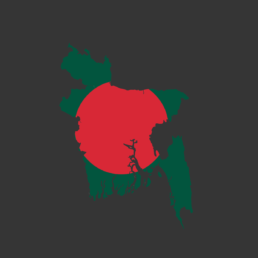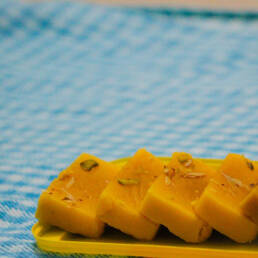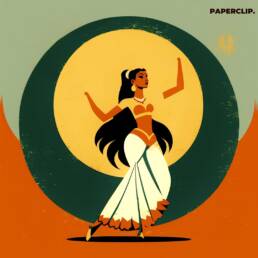One of the many moving pictures from the Bangladesh Liberation War that quietly recounts the tale of bravery and suffering is this one – a mother with a gun watching over her kids. But, what happened to the women after the war?
Penelope “Penny Tweedie,” a British photographer, captured this poignant image in or around Khulna, Bangladesh, circa 1971. It defied many preconceived notions about the role that women played in the war.

When looking at conflicts and battles via a gendered perspective, gender emerges as a power dynamic: males are treated as valiant fighters, while traditionally women are portrayed as hapless victims.
Likewise, women have been mostly portrayed as victims in the 1971 Bangladesh Liberation War, which is only partly true. Although they endured great suffering, alongside the men, the women were no less gallant.
It is well known that, as a war strategy, sexual violence on women was frequently utilized in war operations to humiliate, control, and induce terror in the enemy. The 1971 war was no exception.
Thousands of Bengali women and girls were subjected to a systematic campaign of genocidal rape by Razakars and Pakistani military personnel during the 1971 Liberation War.
However, even in those dreadful circumstances, women, mothers and daughters of Bangladesh, fought the war in the most valiant ways: as guardians, spies, nurses, and even guerilla soldiers.
They gathered 3-knot-3 rifles, LMGs, handguns, and grenades to defend their children, families, and communities against the Pakistani army. However, like with every “Ram-Sita” tale, getting home was an entirely different story.
Women and mothers who enlisted in the military were not well received. A vast majority of the women and mothers were not graciously accepted in the family or were treated coldly when they returned home from the war front or enemy camp.
Rumours took precedence, speculation gained popularity. Families developed suspicions after stories surfaced of Pakistani officers physically abusing and mistreating the war-survivors. Overnight, they were deemed impure.
Bangabandhu Mujibur Rahman, awarded the valiant women the title of “Birangona” (war heroine) after Bangladesh gained its independence. But the term Birangona was gradually associated with the disparaging epithet barangona, which means prostitute.
Yes, that’s how society started seeing them. No one was willing to marry them in those days. These women lived lives of destitution because they were shunned by society, left behind by their husbands, and disowned by majority of their own families.
The ungrateful society they fought to defend never truly accepted them. For the brave Biranganas, the war wasn’t just over yet.
Sources:
Aasha Mehreen Amin, Lavina Ambreen Ahmed and Shamim Ahsan, Women muktijuddha – overcoming personal tragedies to help others, Londoni, http://www.londoni.co/index.php/23-history-of-bangladesh/1971-muktijuddho/147-muktijuddho-bangladesh-liberation-war-1971-women-muktijuddha-bangladesh-mahila-parishad-history-of-bangladesh
Taqbir Huda, Birangonas: The liberators left unliberated, The Daily Star. https://www.thedailystar.net/opinion/society/birangonas-the-liberators-left-unliberated-1332943?amp
Md Hasibul Islam, From Birangona to Barangona: Plight and Tragedy of a War Heroine in Letters of Blood, Integrated Journal for Research in Arts and Humanities
Photo Source: muktijuddho e archive.




